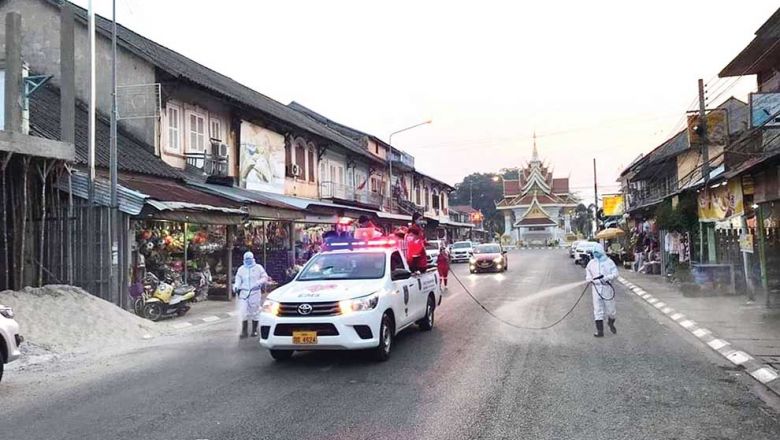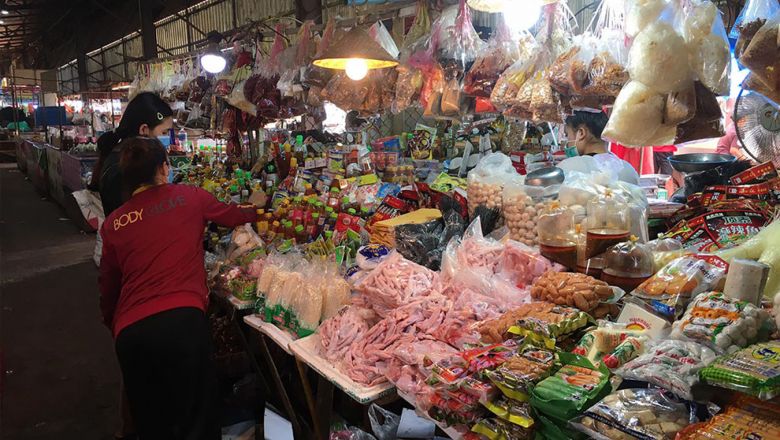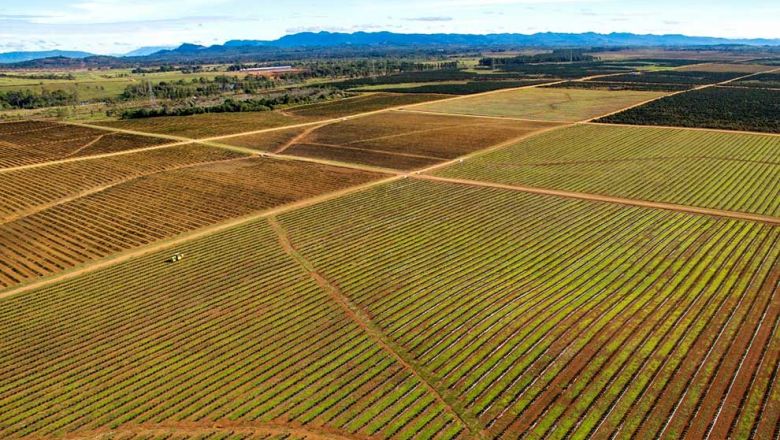Two way trade between Asean, Japan hits US$239 billion
Two way trade between Asean, Japan hits US$239 billion
Two-way trade between Asean and Japan reached US$239.4 billion in 2015, accounting for 10.5 percent of Asean's total trade for the year and placing Japan as Asean's second largest trading partner and source of Foreign Direct Investment (FDI).
The figure was reported recently at the 22nd Asean Economic Ministers' Meeting with the Minister of Economy, Trade and Industry of Japan (22nd AEM-METI) in Vientiane last week.
The meeting was co-chaired by Lao Minister of Industry and Commerce Ms Khemmani Pholsena and Japanese Minister of Economy, Trade and Industry, Mr Horoshige Seko.
According to a joint media statement from the meeting, the ministers welcomed the conclusion of the negotiations on trade in services, including the financial and telecommunications annexes and movement of natural persons chapters as well as the investment negotiations under the Asean-Japan Comprehensive Economic Partnership (AJCEP) Agreement.
They also noted the on-going efforts to improve the implementation of the AJCEP Agreement and underscored the importance of the implementation of the AJCEP Tariff Reduction Schedules (TRS) and Product Specific Rules (PSR) in the updated harmonised system in facilitating trade between Asean and Japan.
In this regard, the ministers tasked officials to exert utmost efforts and flexibilities in resolving the outstanding issues to finalise the transportation of AJCEP TRS as soon as possible.
The ministers also commended the progress made in the implementation of the Asean-Japan 10-year Strategic Economic Cooperation Roadmap and welcomed the revision of the roadmap, which takes into consideration the new strategic thrust of the AEC Blueprint 2025 and agreed to report the renewed roadmap to the Asean-Japan Summit.
They shared the view that Asean and Japan would work together to meet the objectives of the roadmap through enhancing bilateral economic cooperation, economic integration of asean and cooperation for integrating the region into the global economy.
The ministers noted the importance of strengthening cooperation in the various pillars of cooperation in the roadmap, the outcomes of the 3rd Asean-Japan Public Private Dialogue on New Industries, held in Bangkok this year and the 9th Dialogue between Secretary-General of Asean and Federation of Japanese Chambers of Commerce and Industry in Asean (FJCCIA).
They noted the recommendations to further facilitate trade through Asean trade in goods agreements, harmonisation of standards, and the improvement of customs procedures.
More Japanese companies are coming to invest in Laos and as of May 2016, the number of Japanese companies in Laos had climbed to 132, which was double the figure recorded in 2012, according to the Japanese Embassy in Vientiane.
In 2015, Japanese businesses operated 22 investment projects in Laos, an increase of two projects compared to the year before.
However the value of Japanese investments more than halved from US$38.49 million in 2014 to US$17.37 million in 2015.
The number of Japanese companies investing in Special and Specific Economic Zones (SEZs), notably in Champassak and Savannakhet provinces, has increased significantly.
In 2014, five projects were operated by Japanese businesses in SEZs with a total value of US$5.43 million, rising to 10 projects in 2015 with a total value of almost US$6 million.

















